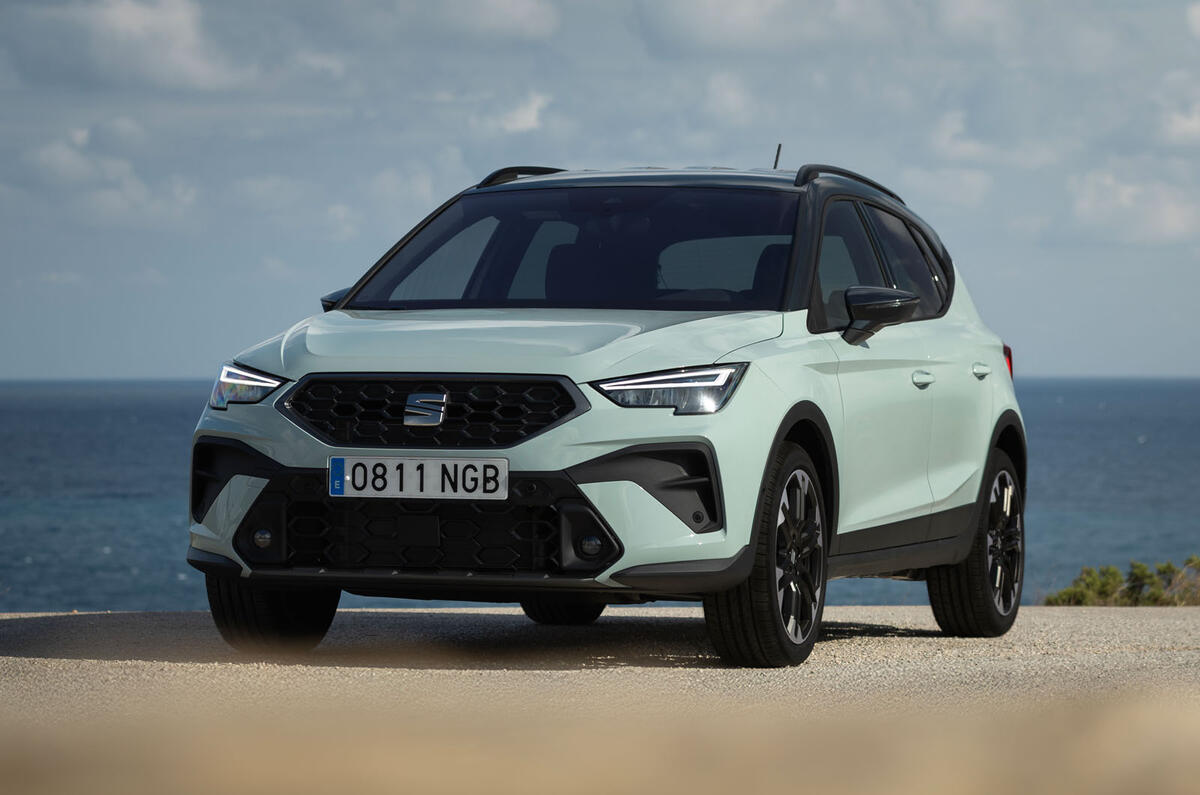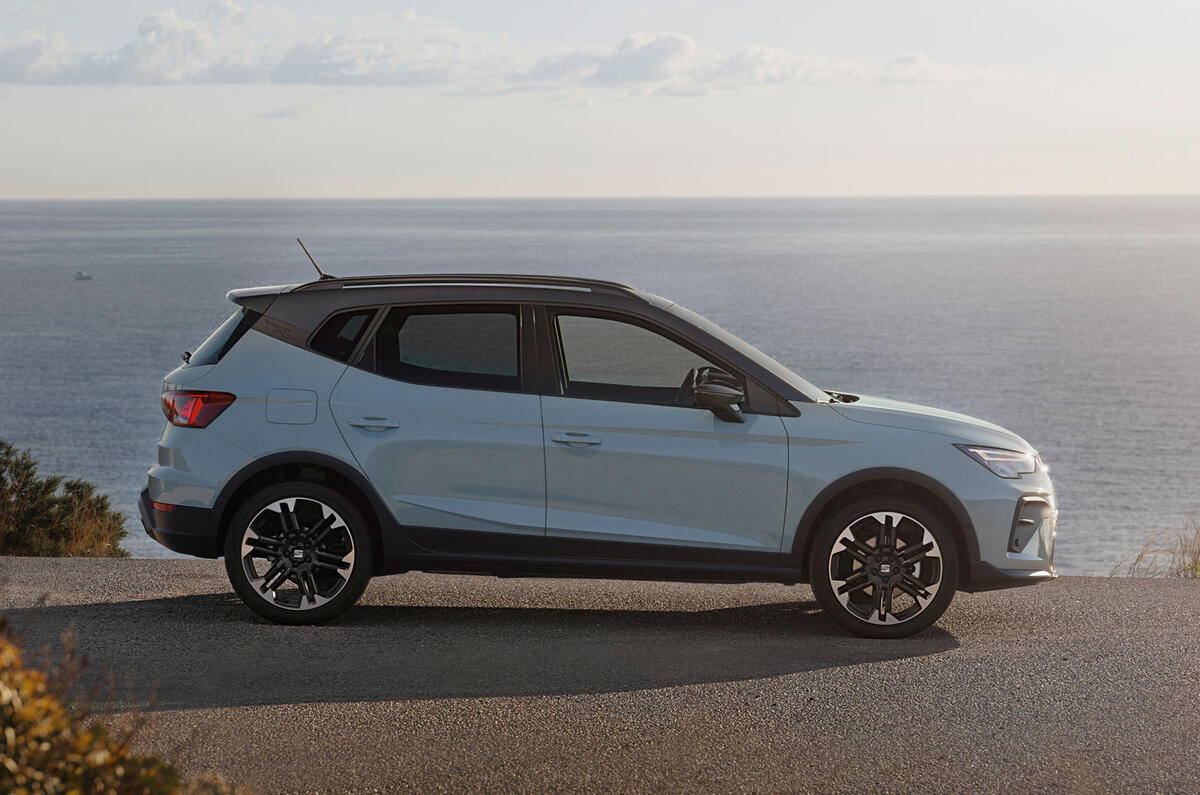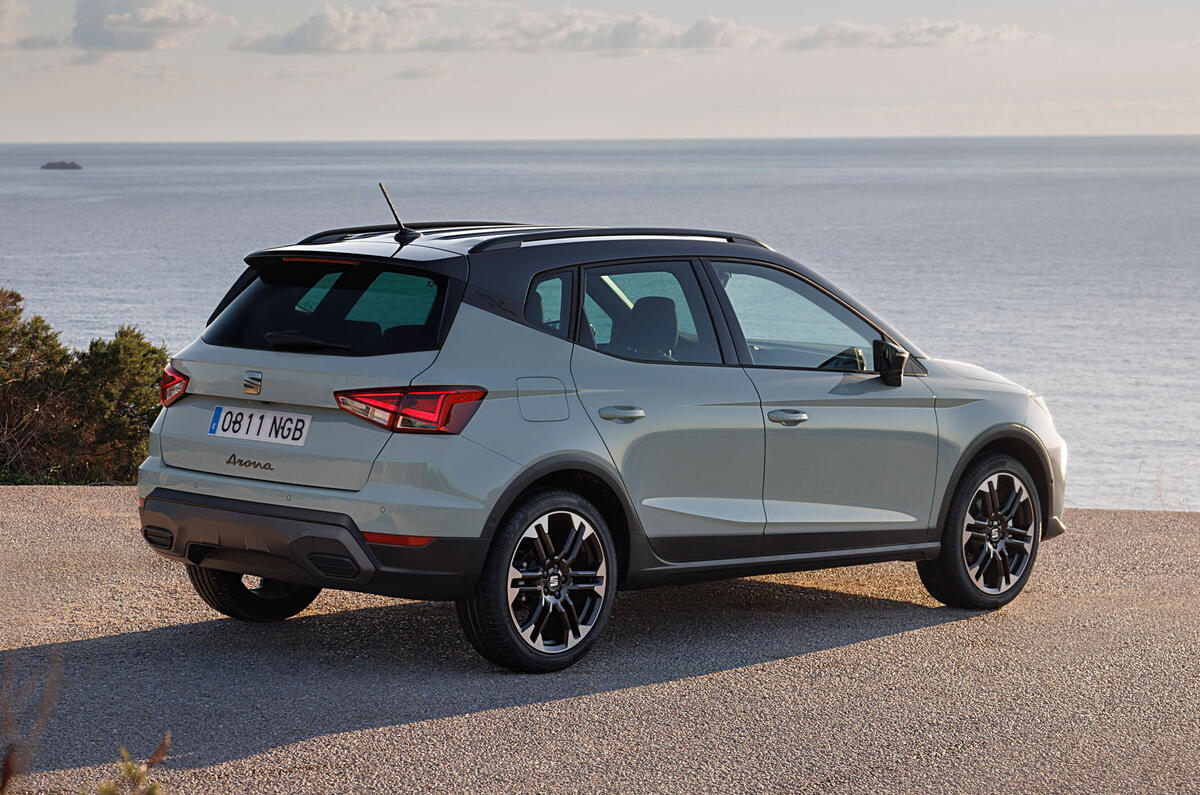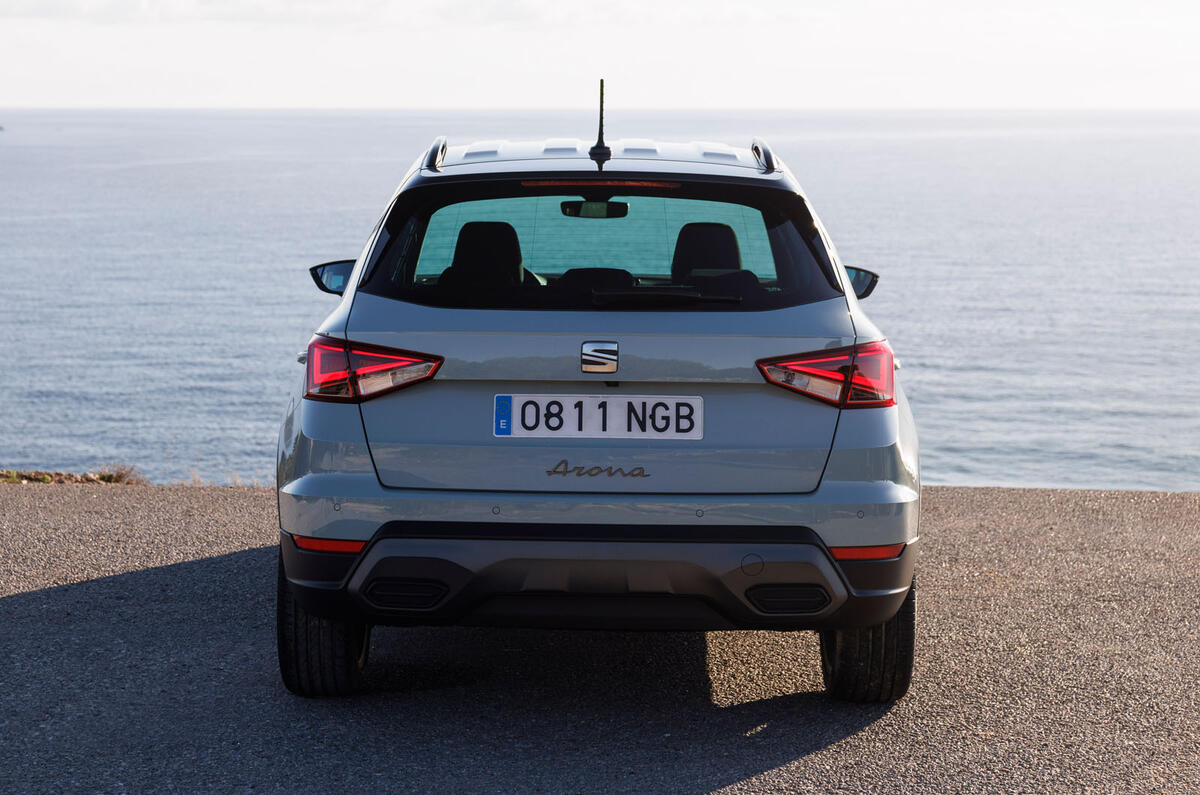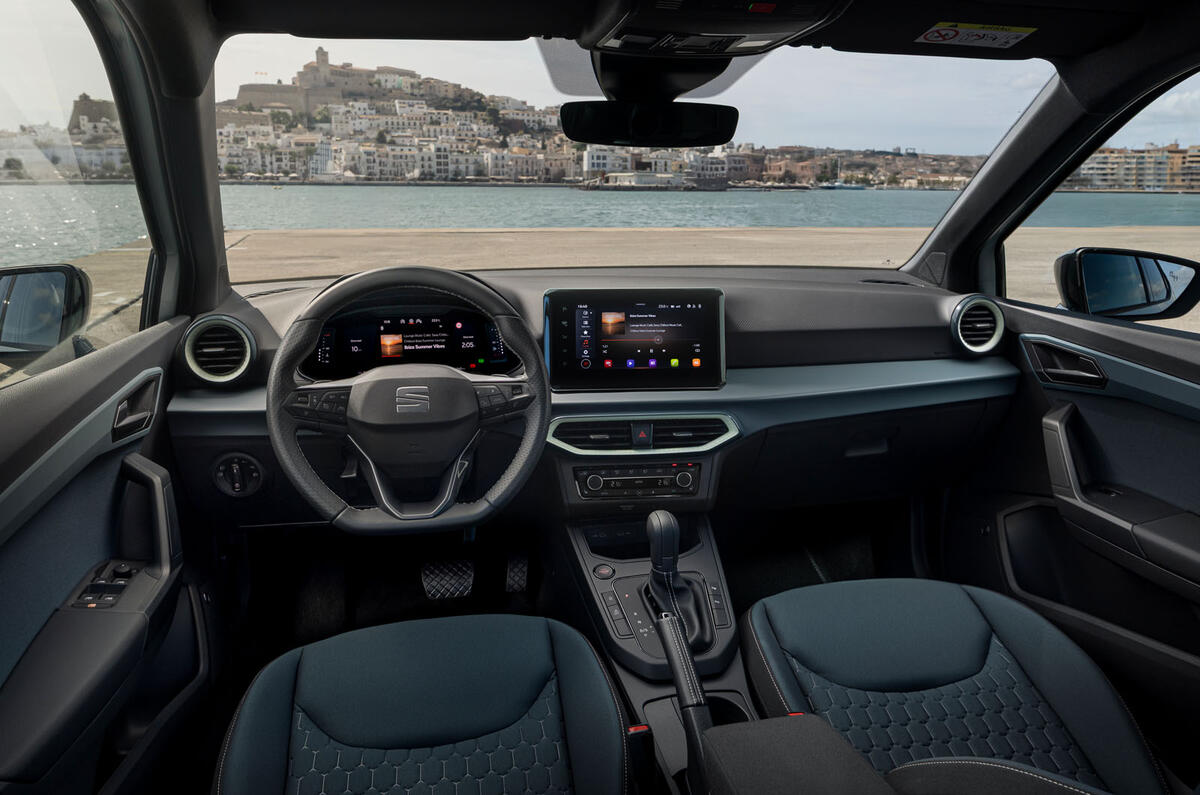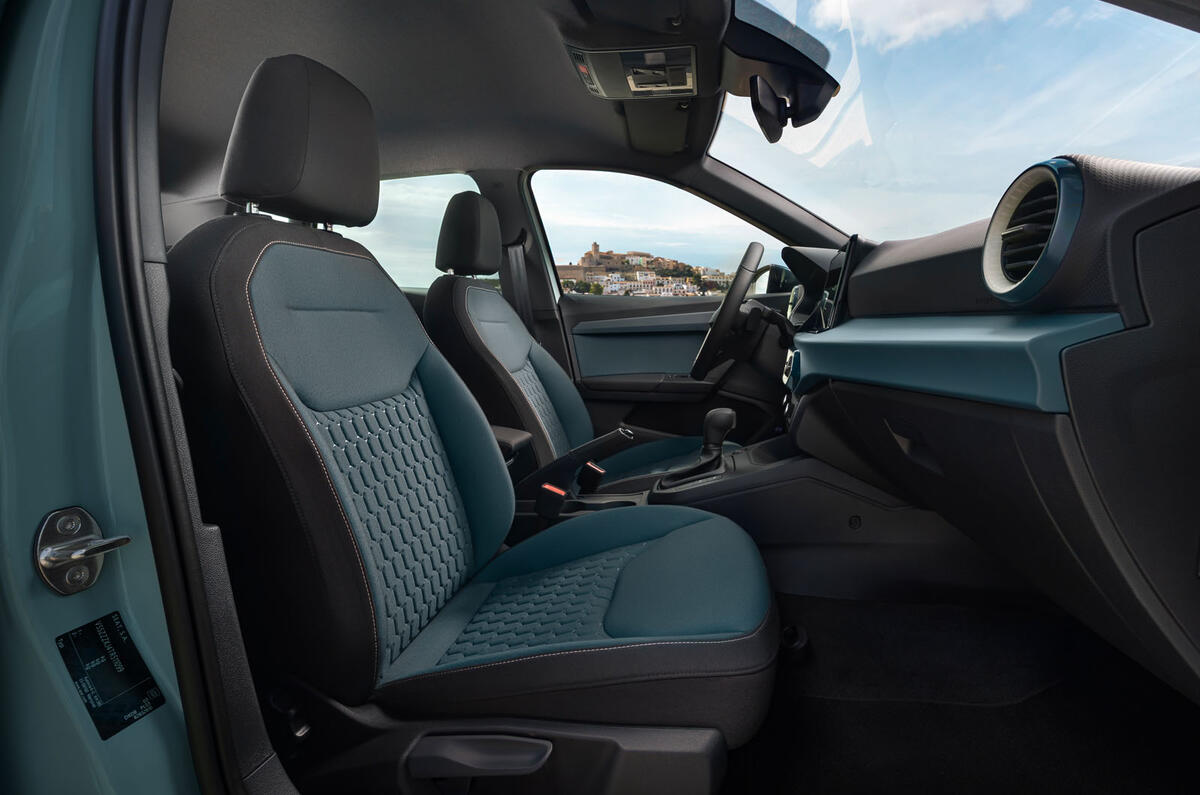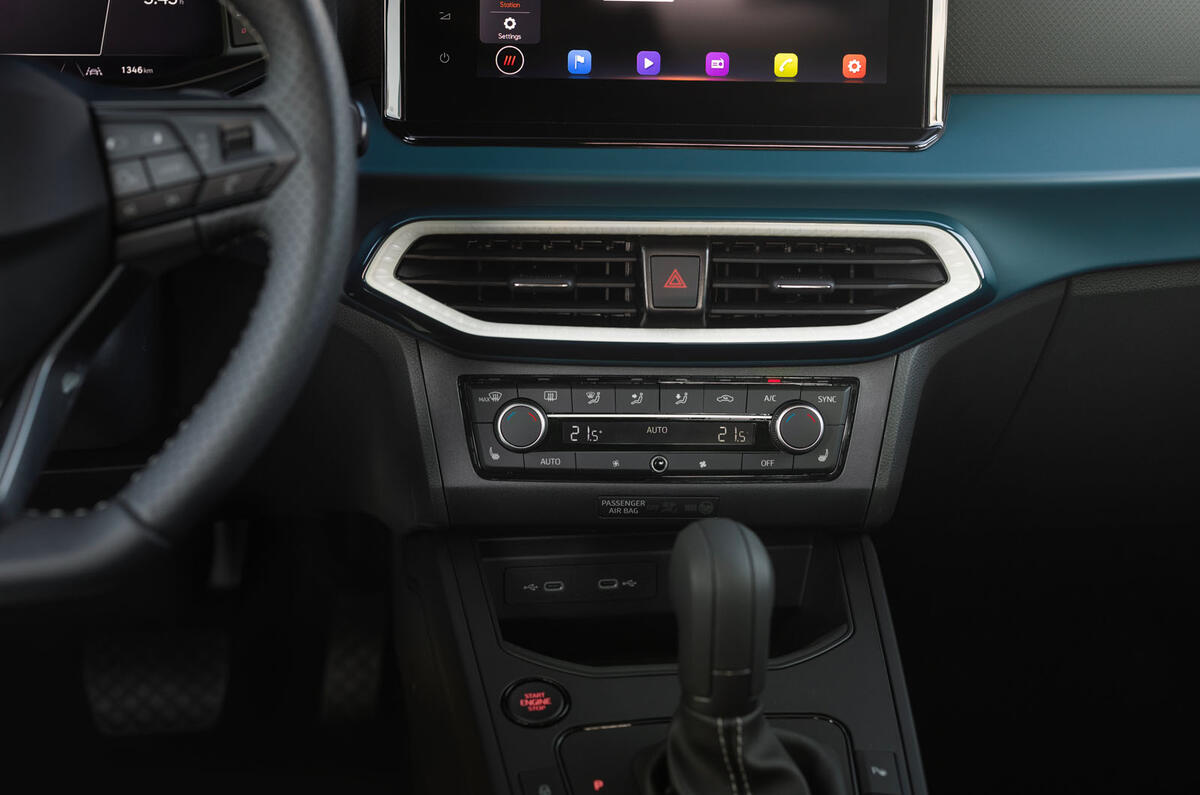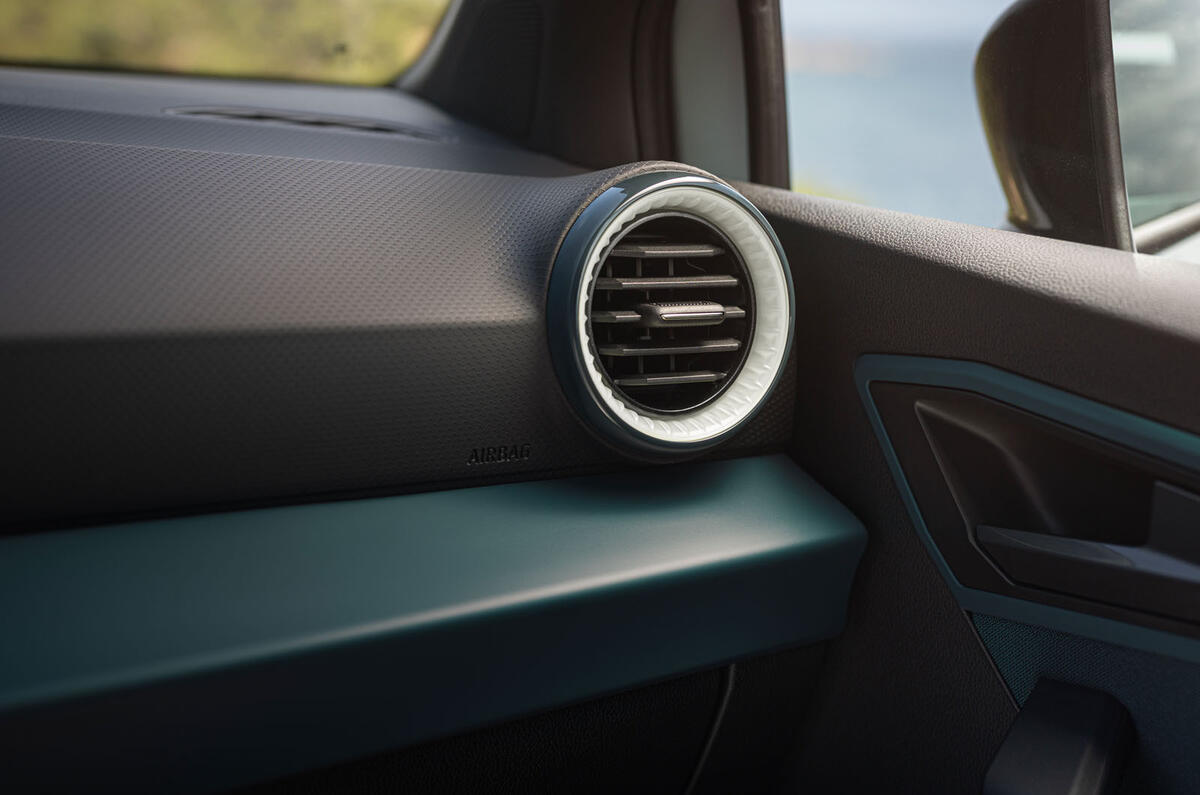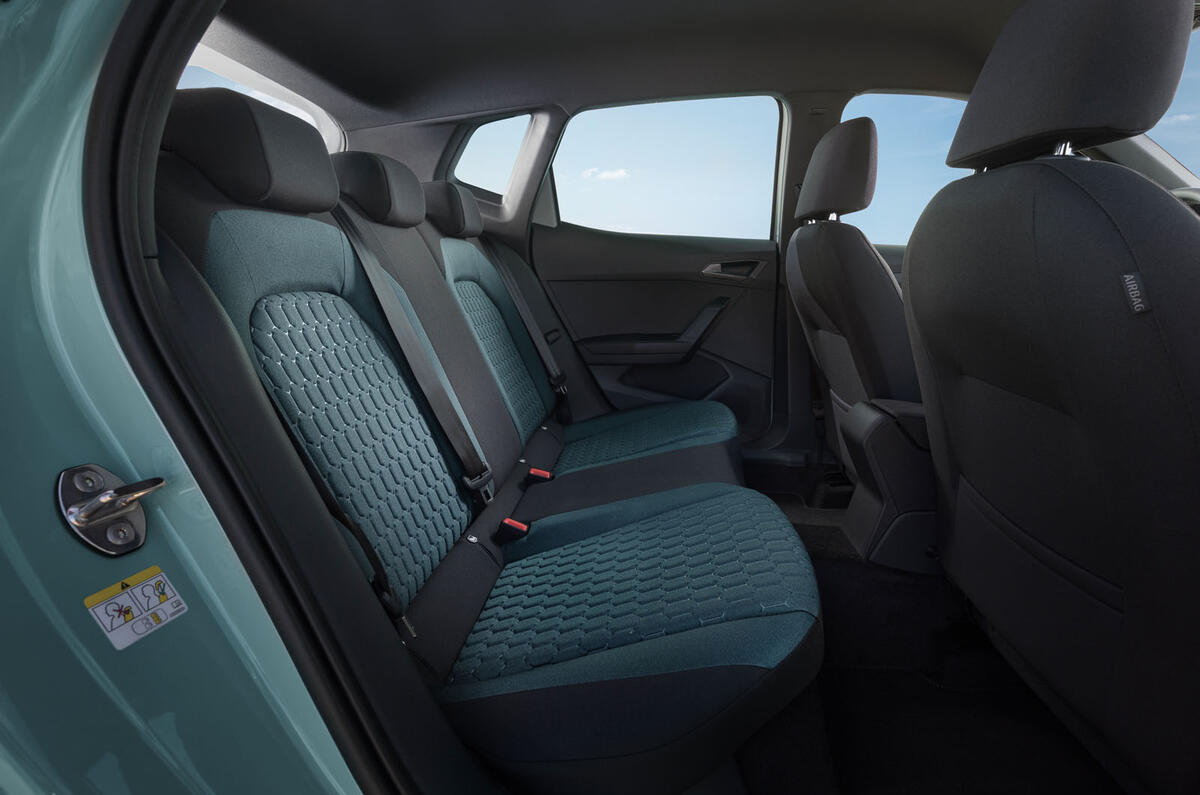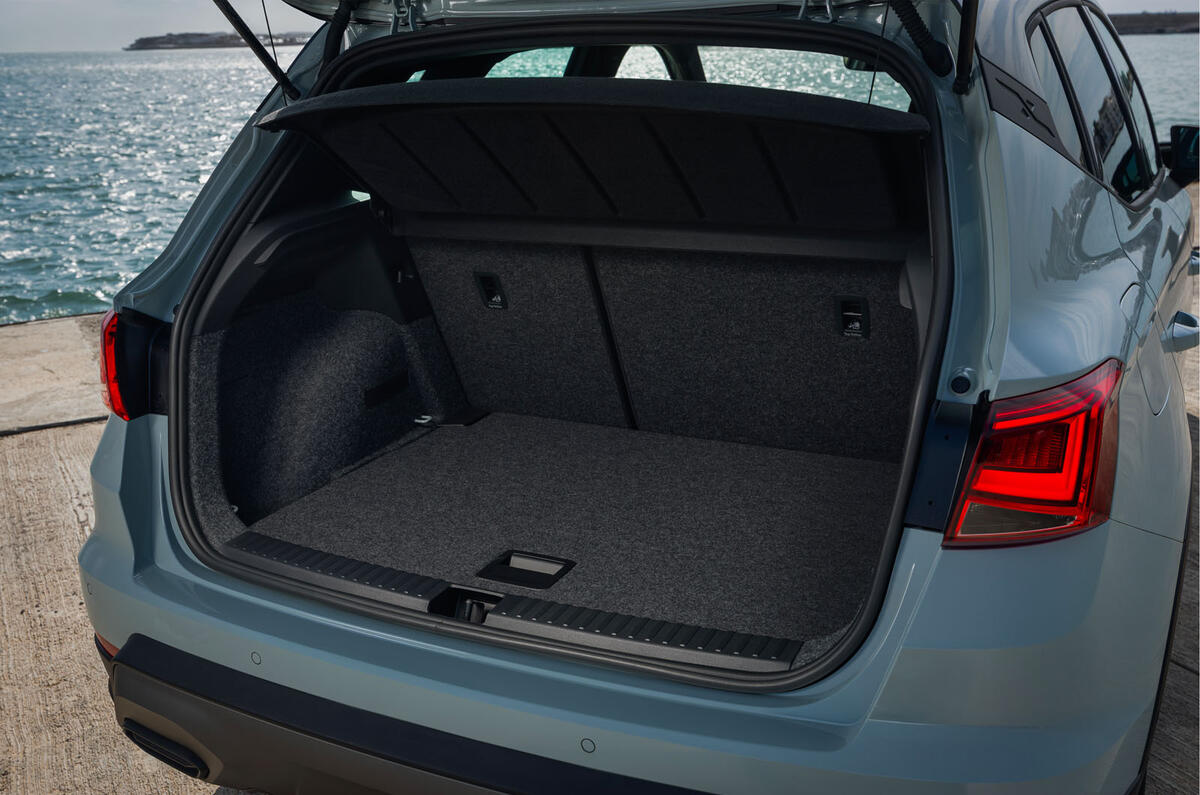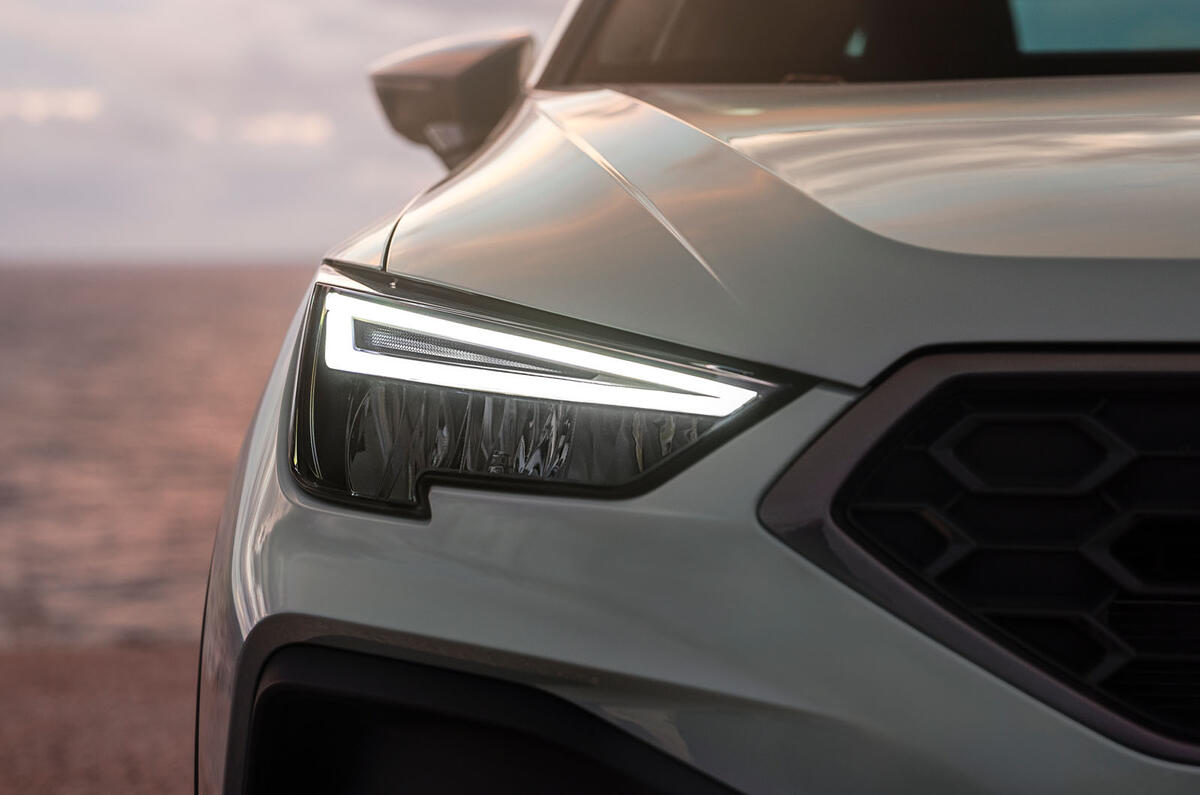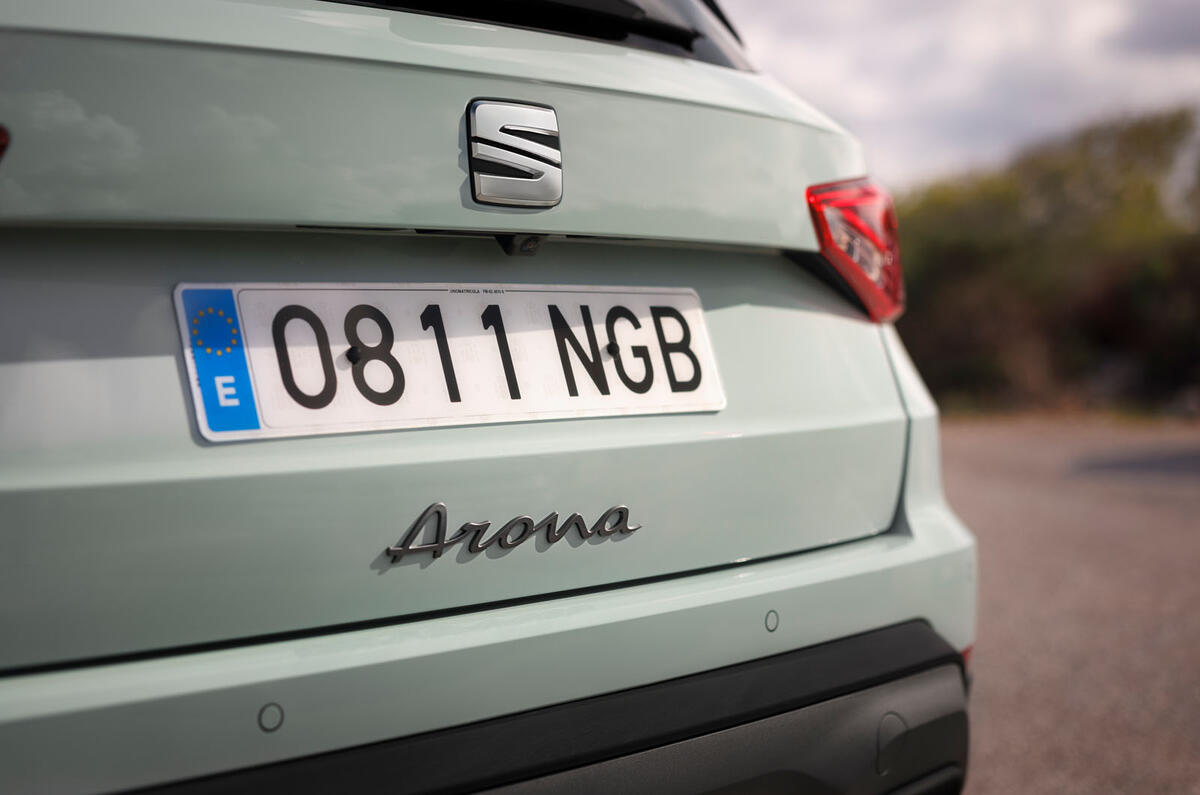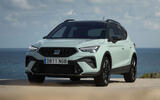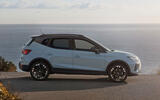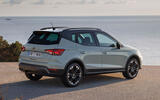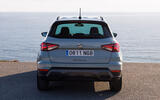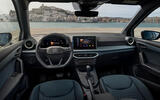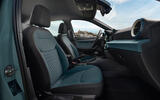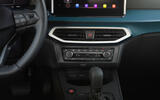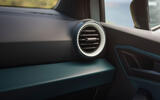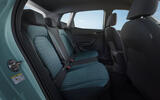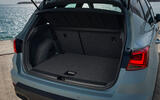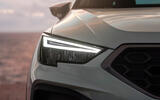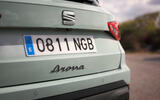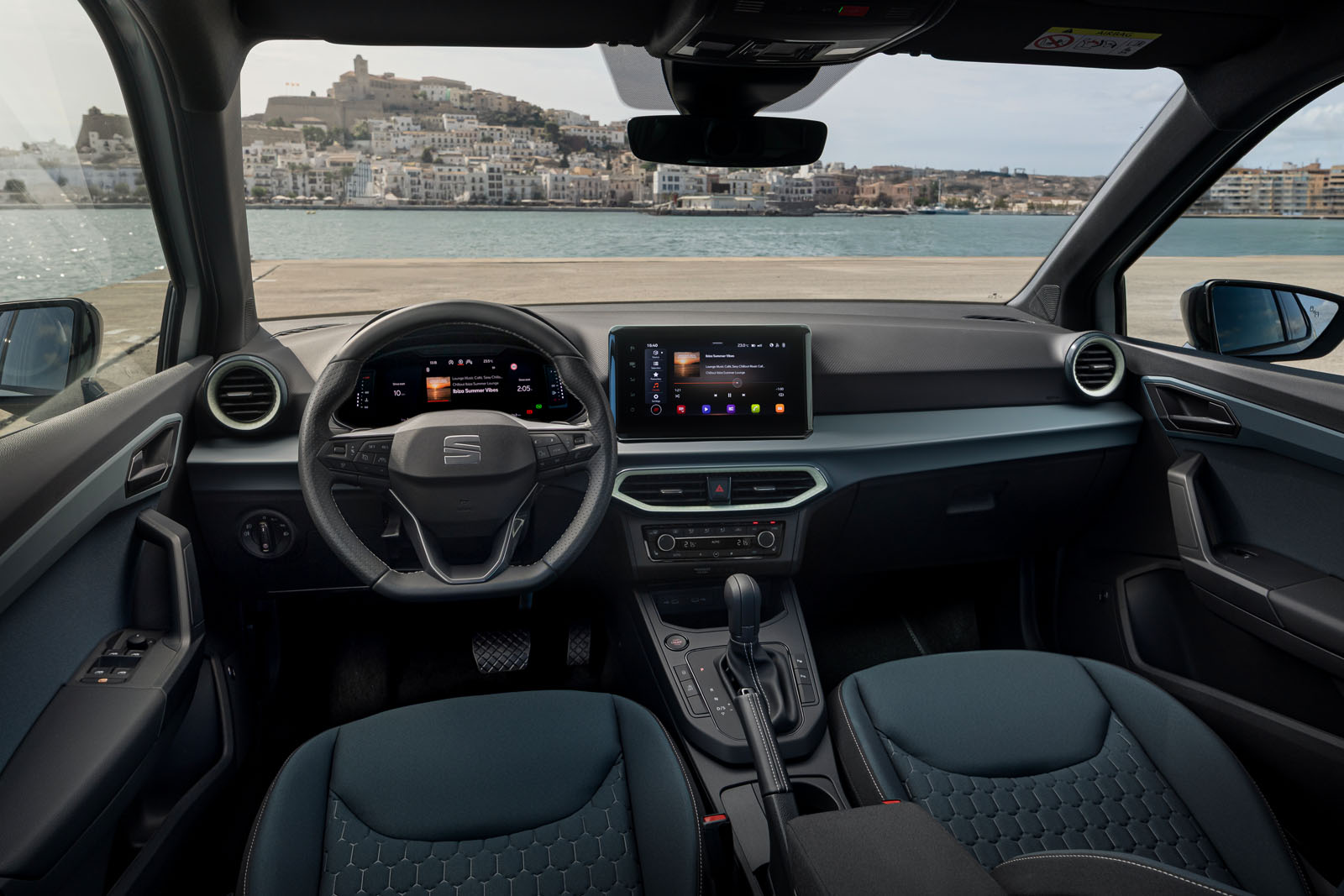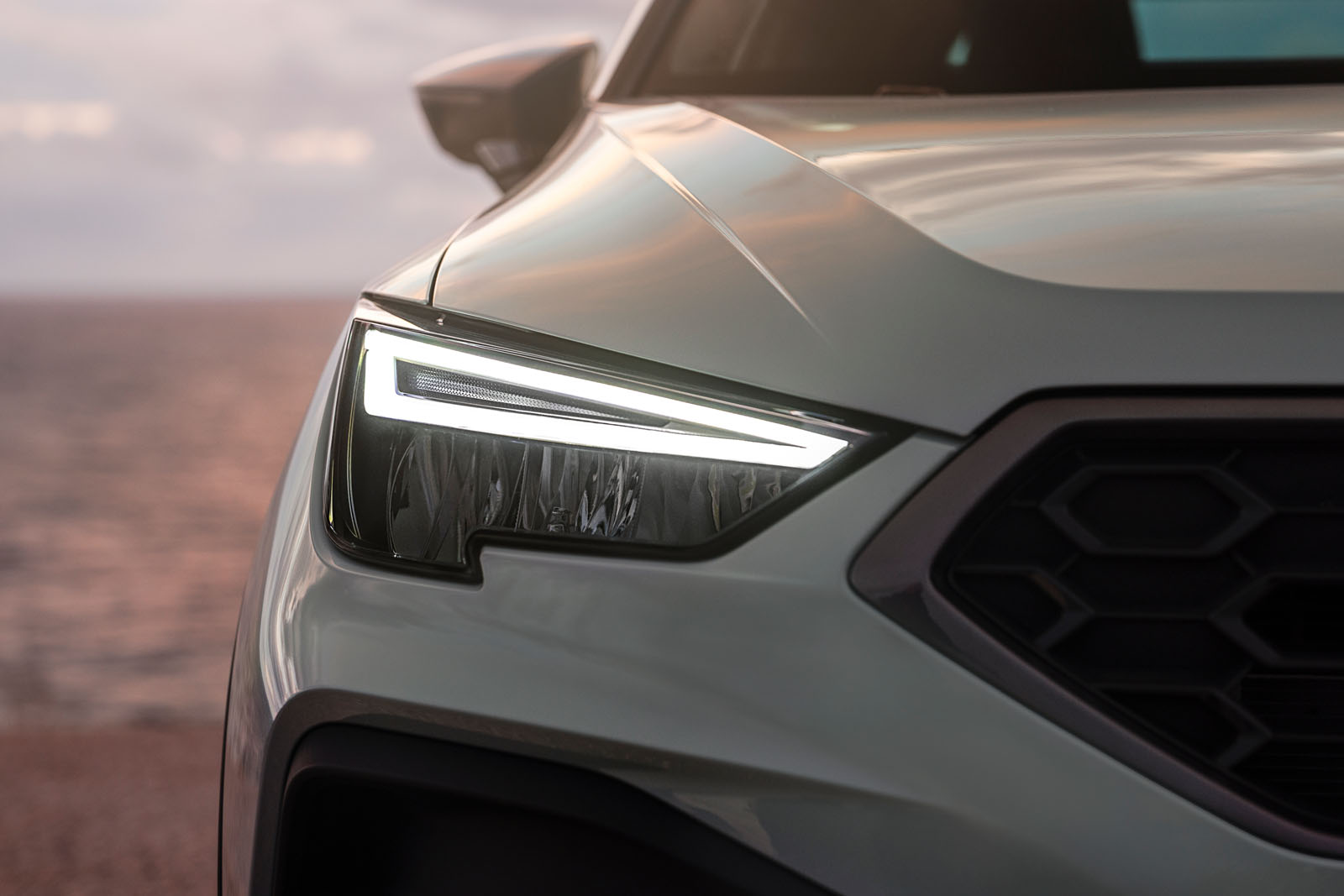Two engines will be available in the UK. The range opens with a turbocharged 1.0-litre three-cylinder with 94bhp or 113bhp; the former version gets a five-speed manual gearbox and the latter a choice of a six-speed manual or seven-speed dual-clutch automatic. Then there's a turbocharged 1.5-litre four-pot, which we’re testing here, with 148bhp and the seven-speed 'box.
Its standout quality is its ease of use, with plenty of grunt at low revs and good flexibility at higher speeds.
It’s torquier than the 1.0-litre triple and delivers peak torque earlier in its rev range (1500rpm compared with 2000rpm), so it’s better at building pace from a standstill – albeit not significantly so.
In normal driving it’s remarkably refined too, sending little noise or vibration into the cabin. Under harsher loads it generates a bit more din than the triple, but it’s smooth.
There’s a noticeable delay before the automatic gearbox kicks down, which undermines refinement somewhat.
We've yet to try the three-cylinder engines following the update, but experience with the 94bhp unit in previous iterations of the Arona suggests it's prone to feeling stressed when overtaking or traversing hills, so you might want to spend more for the gruntier options.
Mild-hybrid powertrains will join the range in 2027, but they feel like something of an omission in the meantime, considering many rivals do offer such options.


